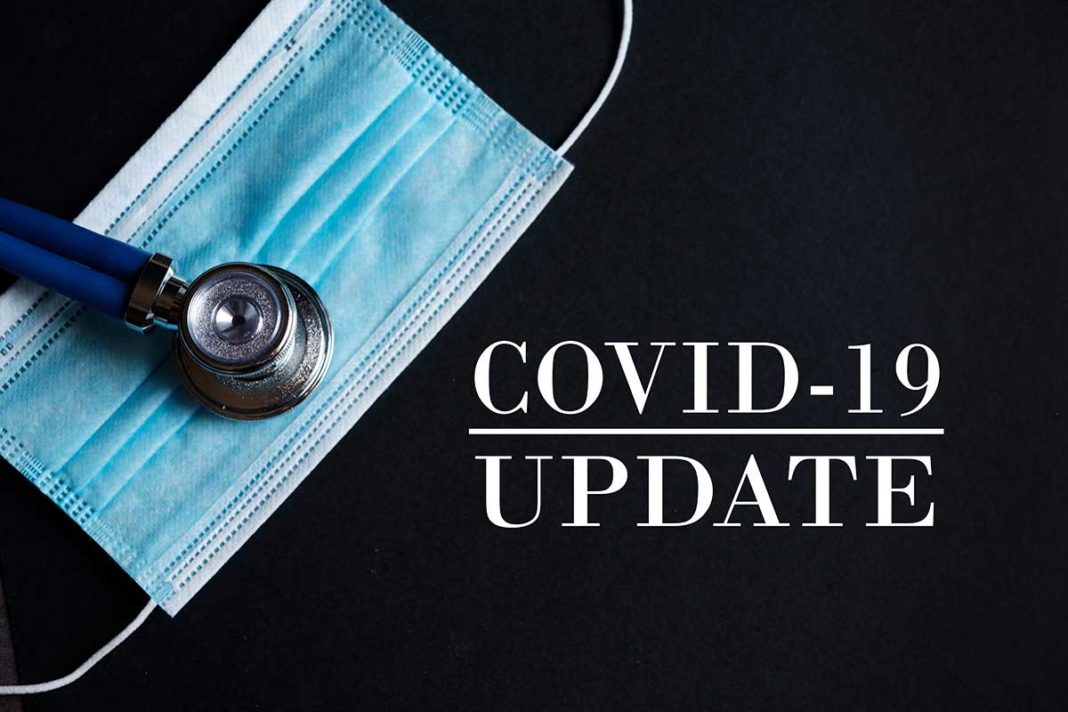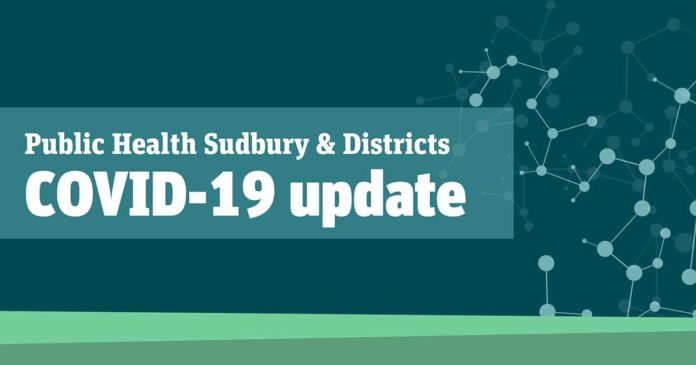TORONTO — In response to the highly transmissible Omicron variant, the Ontario government, in consultation with the Chief Medical Officer of Health, is taking further action to provide additional protection to high-risk settings, and continue to safeguard hospitals and ICU capacity as the province continues to rapidly accelerate its booster dose rollout. Based on the latest evidence and Ontario’s high rate of vaccination, the province is also updating testing and isolation guidelines to protect our most vulnerable and maintain the stability of critical workforces, including frontline health care workers, first responders and critical infrastructure like energy and food and supply chains.
“As cases continue to rise at a rapid rate and evidence on the Omicron variant evolves, our response needs to evolve alongside other jurisdictions to ensure those living and working in our highest-risk settings are protected,” said Dr. Kieran Moore, Chief Medical Officer of Health. “Ontario’s cautious approach and high vaccination rates have helped keep hospital and intensive care unit capacity stable to date. Focusing our testing and case and contact management on high-risk settings will help limit transmission, maintain critical workforces, and ensure timely access to PCR testing where it is needed the most. Anyone who is sick should protect their community by staying home.”
Updated Testing and Isolation Guidelines in Response to Omicron
In consultation with the Chief Medical Officer of Health, Ontario is updating its COVID-19 testing and isolation guidelines. These updates follow recent changes in other jurisdictions in Canada and the United Kingdom to ensure publicly funded testing and case and contact management resources are available for the highest-risk settings and to protect the most vulnerable and help keep critical services running.
Effective December 31, publicly-funded PCR testing will be available only for high-risk individuals who are symptomatic and/or are at risk of severe illness from COVID-19, including for the purposes of confirming a COVID-19 diagnosis to begin treatment, and workers and residents in the highest risk settings, as well as vulnerable populations. Members of the general public with mild symptoms are asked not to seek testing. A full list of eligible individuals can be found here.
In addition, most individuals with a positive result from a rapid antigen test will no longer be required or encouraged to get a confirmatory PCR or rapid molecular test.
Ontario is also changing the required isolation period based on growing evidence that generally healthy people with COVID-19 are most infectious in the two days before and three days after symptoms develop. Individuals with COVID-19 who are vaccinated, as well as children under 12, will be required to isolate for five days following the onset of symptoms. Their household contacts are also required to isolate with them. These individuals can end isolation after five days if their symptoms are improved for at least 24 hours and all public health and safety measures, such as masking and physical distancing, are followed. Non-household contacts are required to self-monitor for ten days.
Individuals who are unvaccinated, partially vaccinated or immunocompromised will be required to isolate for 10 days. While individuals who work or live in high-risk health care settings are recommended to return to work after 10 days from their last exposure or symptom onset or from their date of diagnosis, to ensure sufficient staffing levels workers will have the opportunity to return to work after isolating for seven days with negative PCR or rapid antigen test results, which will be provided by the province through the health care setting.
As of December 20, a total of 49.6 million rapid antigen tests have been deployed since the beginning of the pandemic, with the vast majority (approximately 41 million) deployed to priority sectors, including hospitals, long-term care and retirement homes and schools. In addition to Ontario directly procuring additional rapid tests where possible, the province is continuing to urge the federal government to make more rapid tests available to provinces as quickly as possible. The province is also evaluating the potential role of antibody testing, including an analysis of how it is used in other jurisdictions, to provide another tool in the fight against COVID-19.
Return to Class Following the Winter Break
In response to the highly-transmissible Omicron variant, Ontario is putting in place additional health and safety measures to create more layers of protection to keep schools as safe as possible for in-person learning, which is critical to the positive mental health and academic success of students.
The Children’s Health Coalition – representing Ontario’s children’s hospitals, mental health agencies and rehabilitation centres – has emphasized that in-person education is critical to the mental health, development and well-being of children and youth. Students are set to return to schools on January 5, 2022 for school boards previously scheduled to return on January 3 to provide schools additional time to prepare for the public health measures announced today. The following additional measures will help ensure safer schools and protect in-person learning:
• Updating the COVID-19 school and child care screener ahead of the return to school on January 5 and asking students, parents and staff for rigorous screening and monitoring of symptoms.
• Providing non-fit-tested N95 masks for staff in schools and licensed child care settings as an optional alternative to medical/surgical masks, and additional supply of high-quality three-ply cloth masks that are strongly encouraged and free for students and children in January.
• Deploying an additional 3,000 standalone HEPA filter units to school boards, building on the existing 70,000 HEPA filter units and ventilation devices already in schools.
• Continuing PCR testing eligibility for symptomatic elementary and secondary students, education staff and participating private and First Nation operated schools who have received a PCR self-collection kit through their school.
• Starting in January, temporarily permitting only low-contact indoor sports and safe extra-curricular activities.
• Updating COVID-19 reporting requirements for school boards and child care in January.
• Supporting the projected hiring of over 2,000 staff, funded by a $304 million allocation for second semester that includes additional teachers, custodians, and mental health workers.
Further Reducing the Spread of COVID-19 in Larger Indoor Settings
To further strengthen its response to Omicron and reduce opportunities for close contact as the province gets as many vaccines into arms as possible, effective 12:01 a.m. on Friday, December 31, 2021, Ontario is restricting spectator capacity to 50 per cent of the usual seating capacity or 1,000 people, whichever is less, in the indoor areas of the following settings:
• Spectator areas of facilities used for sports and recreational fitness activities (e.g., sporting events);
• Concert venues; and
• Theatres.
The government and the Chief Medical Officer of Health will continue to monitor the data to determine when it is safe to lift capacity limits in these settings.
Offering Fourth Doses to Long-Term Care Residents
Based on the recommendations from the Ontario Immunization Advisory Committee, effective immediately the province will be making fourth doses of mRNA vaccines available to residents of long-term care homes, retirement homes, Elder Care Lodges and other congregate care settings if at least three months, or 84 days, have passed since their third dose.
In response to the uniquely high-risk nature of long-term care settings for Ontario’s most vulnerable individuals, the province is also mandating third doses for all staff, students, volunteers, caregivers and support workers by January 28, 2022 for those currently eligible for a booster, and will be requiring visitors to provide proof of a booster dose once the temporary pause on general visitors is lifted.
As of December 13, 2021, all staff had to be fully vaccinated to work in long-term care homes, unless they have a valid medical exemption. To date, nearly 47 per cent of eligible staff and nearly 86 per cent of eligible residents have received their third dose booster. The province will continue to monitor long-term care homes and adjust measures as necessary to keep residents safe.
The government and the Chief Medical Officer of Health will continue to monitor trends in key public health and health care indicators, including emerging data on the Omicron variant and will continue to take swift action to ensure the health and safety of Ontarians.





